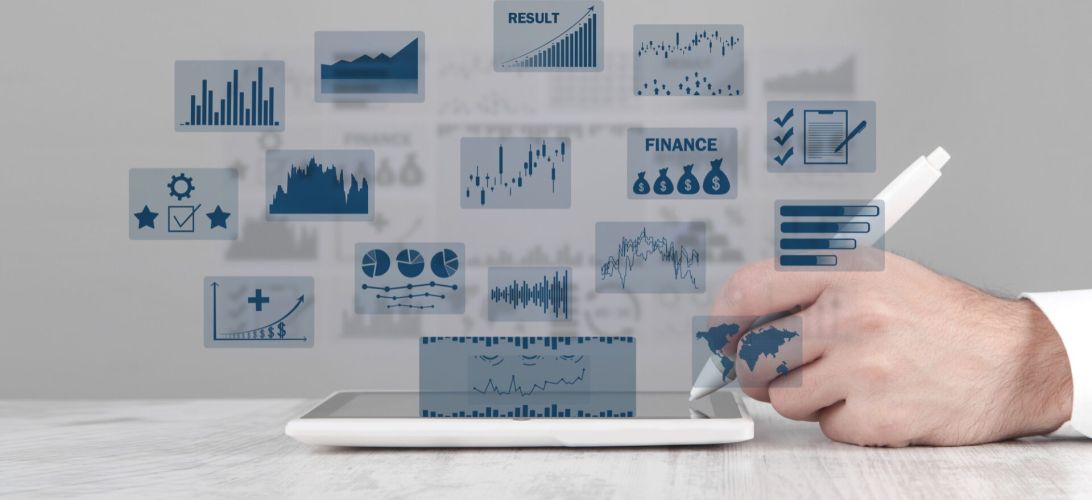
Data Visualization Techniques: Merging Art with Analytics
In the era of big data, the ability to translate complex information into digestible, engaging visuals is more important than ever. Effective data visualization goes beyond mere presentation; it involves storytelling, design, and analytical insight. This article delves into contemporary data visualization techniques that merge good design principles with robust data analytics, providing a dual focus on aesthetic appeal and informative clarity.
Understanding the Basics: Clarity, Context, and Color
Before diving into the latest trends, it’s crucial to grasp the foundational elements that underpin all effective data visualizations. Clarity ensures that the intended message is easily understood, requiring a careful balance between simplicity and detail. Context enriches the data, offering viewers the background information needed to understand the visuals fully. Color, when used thoughtfully, can highlight significant trends, differentiate data points, and guide the viewer’s eye through the narrative.
Interactive Data Visualizations
As technology advances, interactive elements have become a significant trend in data visualization. Tools enable users to explore data through interactive dashboards, dynamic charts, and real-time updates. Interactive visualizations allow users to drill down into the specifics that interest them, making the data exploration process more engaging and personalized.
Storytelling with Data
Narrative is a powerful tool in data visualization. By weaving data into a compelling story, designers can engage audiences and make complex information more accessible. Techniques such as guided tours, annotated charts, and sequential infographics help to lead the viewer through a logical progression of information, revealing insights and drawing conclusions along the way.
Mobile-First Visualizations
With the increasing prevalence of smartphones, designing for mobile has become a necessity. Mobile-first visualizations prioritize simplicity, with clear, concise displays and touch-friendly interfaces. This approach ensures that data can be effectively communicated across a variety of devices, reaching a broader audience.
Incorporating AI and Machine Learning
Artificial intelligence (AI) and machine learning are reshaping data visualization tools and techniques. These technologies can uncover patterns and insights within large datasets that might be missed by human analysts. By integrating AI with data visualization platforms, designers can create more sophisticated, insightful visualizations that predict trends, identify anomalies, and provide deeper understanding of complex data sets.
Minimalist Design
In data visualization, less often means more. The minimalist design trend emphasizes simplicity, focusing on the essentials to avoid overwhelming the viewer. This technique involves using clean lines, ample white space, and a limited color palette to highlight the most important data points without unnecessary distractions.
Customized Visualizations
Customized visualizations tailor the presentation to the specific audience or purpose. This could involve using industry-specific icons, aligning with corporate branding, or developing unique chart types that best represent the data. Customization ensures that the visualization is not only relevant and engaging but also memorable.
Augmented Reality (AR) and Virtual Reality (VR)
AR and VR are taking data visualization to new dimensions, literally. By presenting data in 3D spaces, users can interact with and explore data in a more immersive way. Although still in the early stages of adoption, AR and VR visualizations offer exciting possibilities for education, industry, and research, providing a novel way to experience and understand complex information.
Conclusion
The field of data visualization is evolving rapidly, driven by technological advancements and a growing appreciation for the power of visual communication. By embracing these trends and techniques, designers and analysts can create more impactful, engaging, and informative visualizations. Whether through interactive dashboards, storytelling, or AI-driven insights, the ultimate goal remains the same: to transform raw data into meaningful, actionable knowledge. In the landscape of data analytics, effective visualization stands as the bridge between data and decision-making, artfully turning numbers into narratives.



